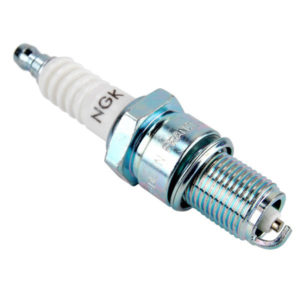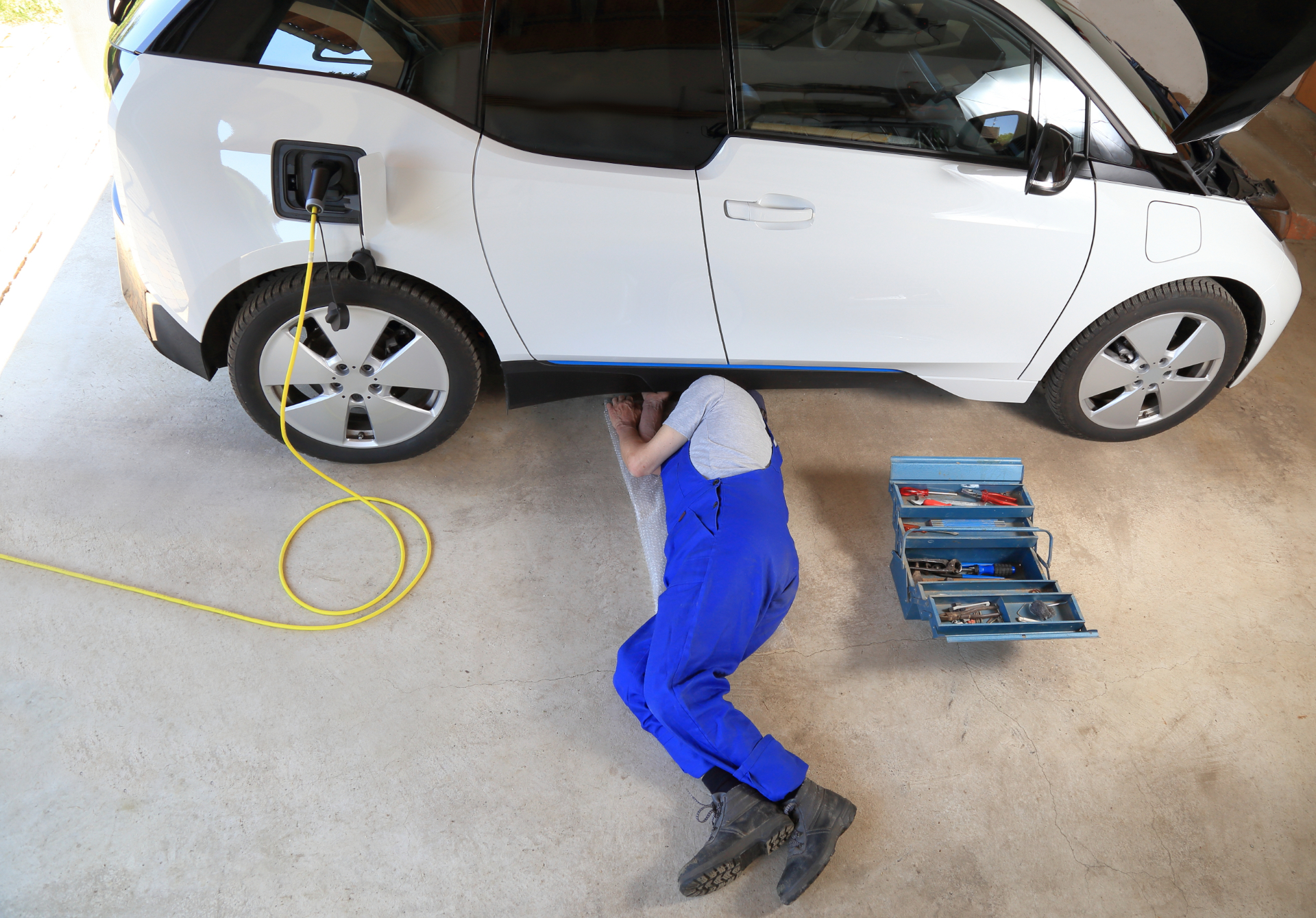 This week in our “Getting to Know” series, we take a look at what spark plugs do and how they work.
This week in our “Getting to Know” series, we take a look at what spark plugs do and how they work.
What are spark plugs and what is their role?
The job of spark plugs is to ignite the air/fuel mixture of an engine with electricity in order for a car to start. They also play an important role in producing maximum power whilst keeping fuel consumption and CO2 emissions to a minimum.
Did you know that the earliest demonstration of the use of an electric spark to ignite a fuel-air mixture was as far back as 1777?
What are the core parts of a spark plug?
A spark plug is made up of:
- A centre electrode;
- An insulator;
- A metal casing (or shell);
- And a side electrode (also referred to as a ground electrode).
The centre electrode is a thick metal wire that lies within the plug and conducts electricity from the ignition cable hooked to one end of the plug to the electrode gap at the other end.
The insulator is a ceramic casing that surrounds the majority of the centre electrode.
The metal casing is a hexagon-shaped shell with threads, which allow the spark plug to be installed into a tapped socket in the engine cylinder head.
The side electrode is a short, thick wire made of nickel alloy that is connected to the metal shell and extends towards the centre electrode. The tips of the side and centre electrodes are about 0.020 – 0.080 inches apart from each other (depending on the type of engine), thereby creating the gap for the spark to jump across.
Where can you find the spark plugs?
Spark plugs are located within the engine cylinder head.
What can go wrong with spark plugs?
Spark plugs can become worn, crack, corrode and become coated in deposits, causing misfires which indicates the need for replacement.
Where can I find a garage to get my spark plugs repaired or replaced?
To find your local Motor Ombudsman-accredited franchised car dealership or independent garage to get your spark plugs replaced, visit The Motor Ombudsman’s online Garage Finder.
Image courtesy of Euro Car Parts.



